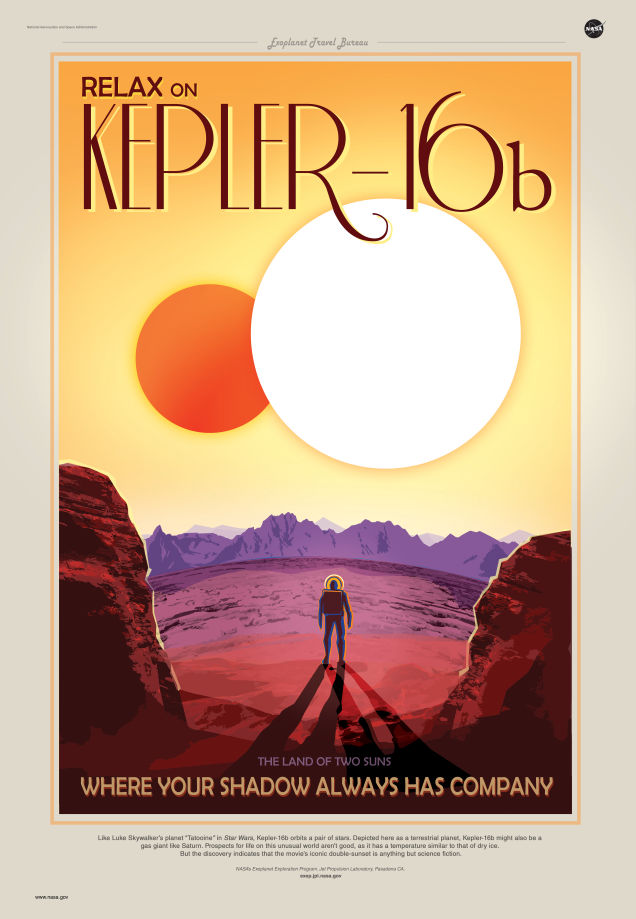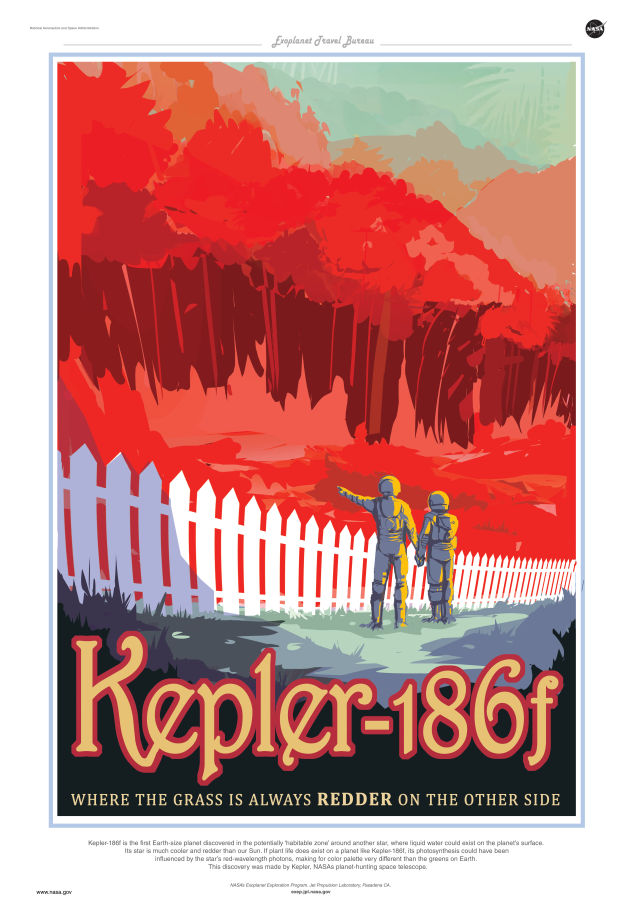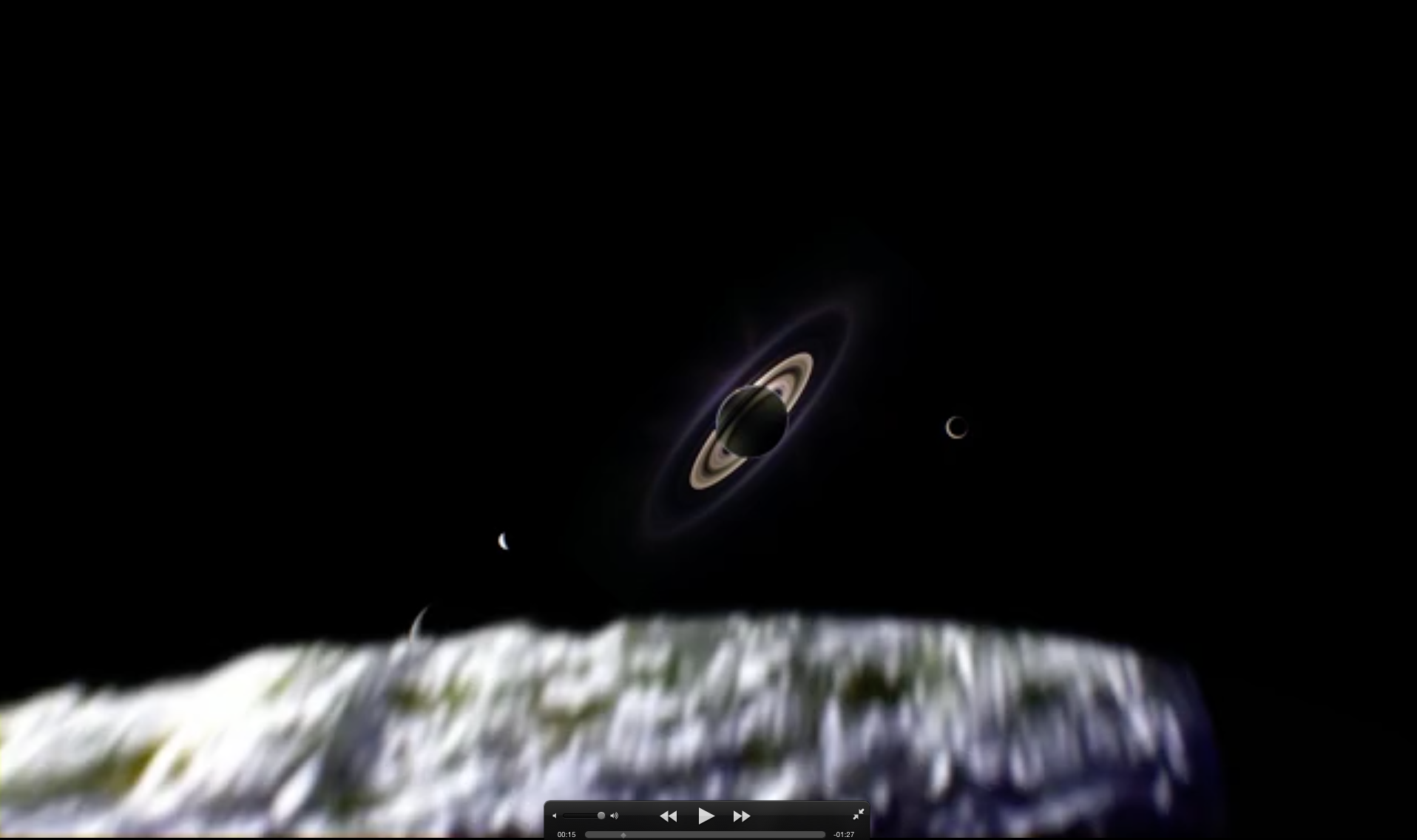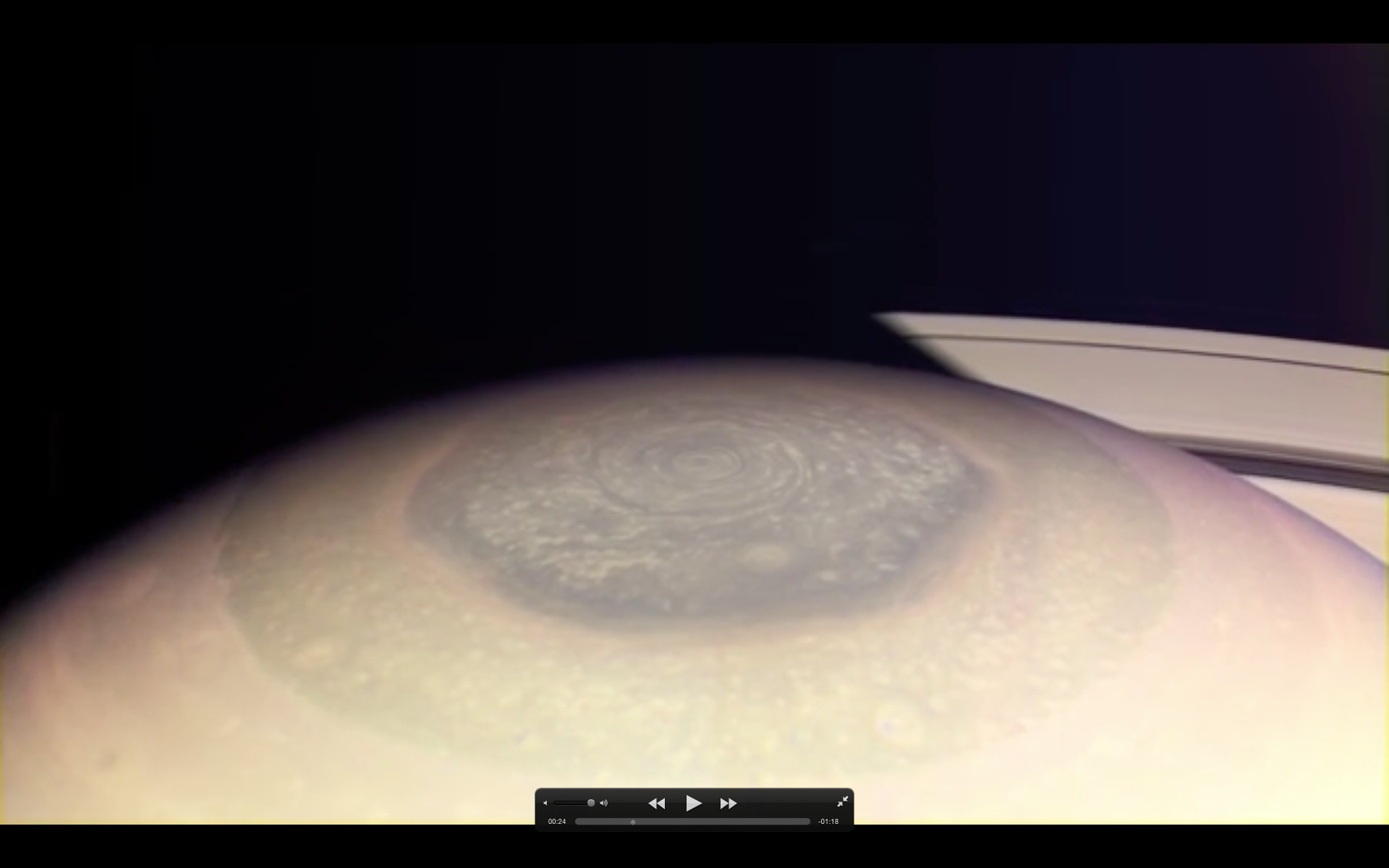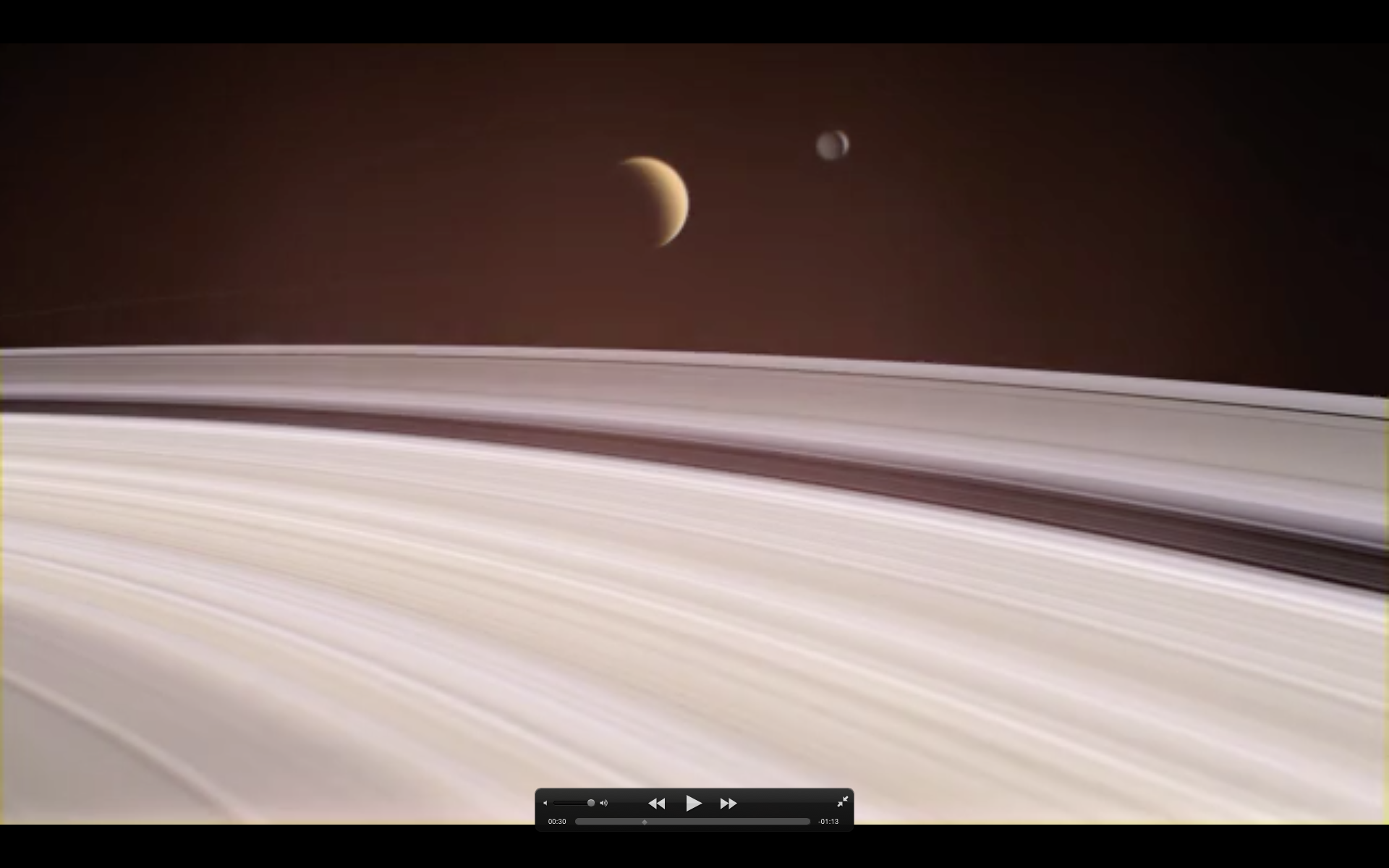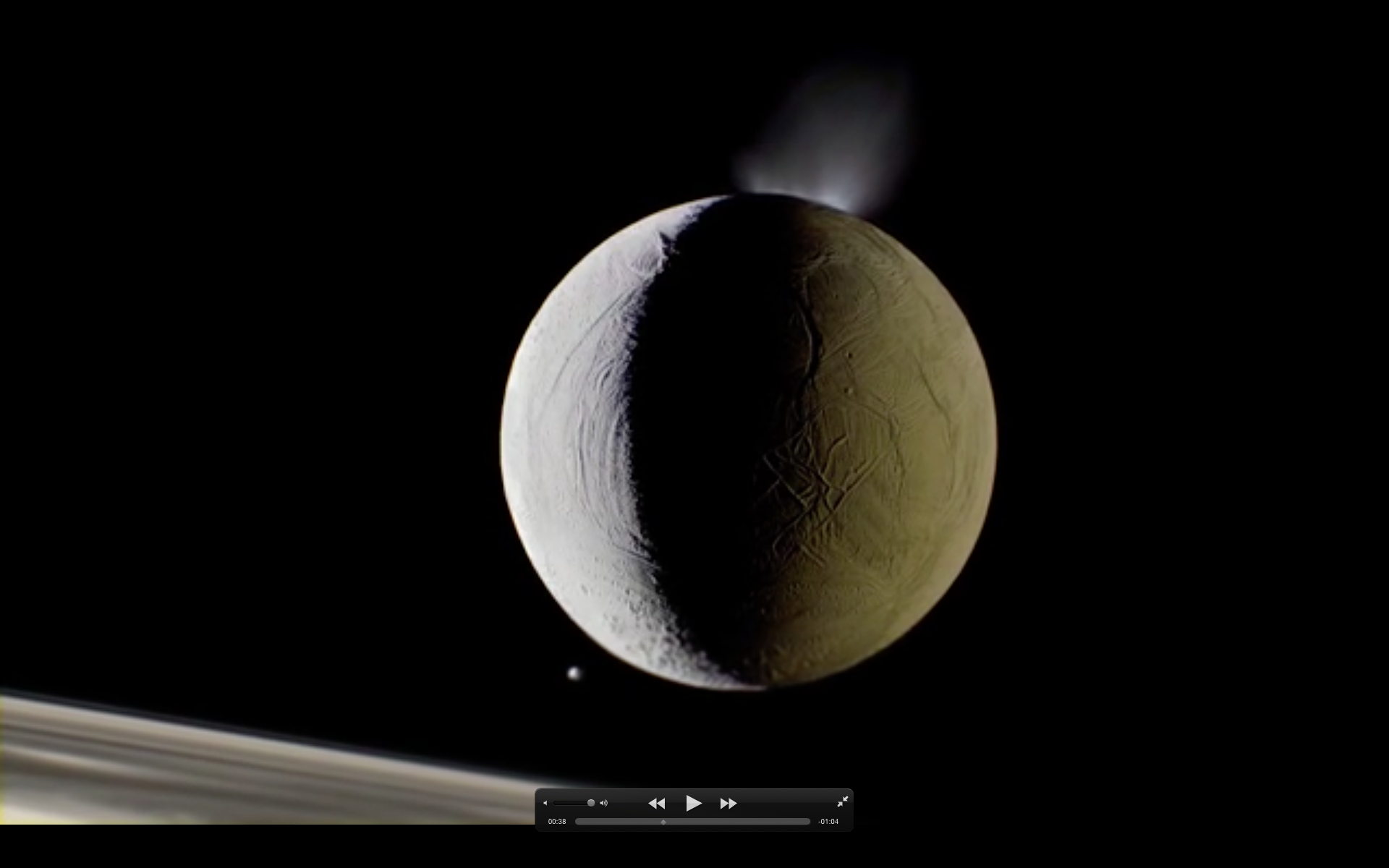Monthly Archives: January 2015
NASA Astronaut Dr. Rick Linnehan: Mars to Stay
Linnehan: I’d love to be one of the first to go to Mars. I’d be first in line, even if it was a one-way trip, I’d sign up. And I know there’re a lot of people like that out there – the Mars One Project and otherwise. And I think that it will take that kind of passion and interest to make that happen.
David Livingston: So you would sign up for a one way trip?
Linnehan: Oh yeah, no question. -I’m not saying the one way trip would end right away but I mean people at some point are going to have to colonize. And you know, the first people up there aren’t probably coming back. So, you know, if you want – if you want to be in on the early race so to speak – and be the people who go up there and try to make something of a colony, you’re gonna be up there probably for your duration.
David Livingston: It would be quite an adventure to say the least.
The Space Show, 8-22-14
JPL: “The Exoplanet Travel Bureau”
Twice as big in volume as the Earth, HD 40307g straddles the line between “Super-Earth” and “mini-Neptune” and scientists aren’t sure if it has a rocky surface or one that’s buried beneath thick layers of gas and ice. One thing is certain though: at eight time the Earth’s mass, its gravitational pull is much, much stronger.”
Like Luke Skywalker’s planet “Tatooine” in Star Wars, Kepler-16b orbits a pair of stars. Depicted here as a terrestrial planet, Kepler-16b might also be a gas giant like Saturn. Prospects for life on this unusual world aren’t good, as it has a temperature similar to that of dry ice. But the discovery indicates that the movie’s iconic double-sunset is anything but science fiction.”
Kepler-186f is the first Earth-size planet discovered in the potentially ‘habitable zone’ around another star, where liquid water could exist on the planet’s surface. Its star is much cooler and redder than our Sun. If plant life does exist on a planet like Kepler-186f, its photosynthesis could have been influenced by the star’s red-wavelength photons, making for a color palette that’s very different than the greens on Earth. This discovery was made by Kepler, NASA’s planet hunting telescope.
The Anti-Slacker Work Ethic that will get us to Mars
Lucas Green: “Space Suite” (Proof-of-Concept)
“Proof-of-concept for a project which relies heavily on space visuals to demonstrate compelling footage can be created quickly and easily by mining the impressive public access image libraries of NASA (and others) for stunning photography, and then bringing them to life with simple 3d ‘tricks’. The final project, which is being produced by Two Story Productions (twostoryproductions.com/), will air on BC’s Knowledge Network (knowledge.ca)”
From http://lucasgreen.ca/2015/01/space-suite/ :
1. Saturn’s Polar Hexagon
If you’ve never heard of Saturn’s polar hexagon before, check this out. It’s mind-blowing.
Most of the shots of Saturn and its moons were accomplished in the same manner, by simply projecting high-resolution Cassini photographs onto spheres, and then navigating around those spheres with a virtual camera. Most of the shots are one image + one sphere = really simple stuff. For a shot of the polar hexagon, however, I worked in additional elements to bring the scene to life.
I started with this photograph of Saturn’s south pole, and projected the image onto a sphere. Then I found a timelapse sequence of images taken by the Cassini space probe from directly above the polar hexagon, showing the enormous vortex swirling slowly over a period of several hours. The sequence was comprised of eight individual frames, shown below:
 Twixtor was used to stretch these eight short frames into a seamlessly smooth 240-frame long animation, which was then layered onto my 3d model of Saturn.
Twixtor was used to stretch these eight short frames into a seamlessly smooth 240-frame long animation, which was then layered onto my 3d model of Saturn.
(The camera icons you see below are actually projectors: the left-hand one is projecting an image of saturn onto a sphere. An angled plane behind the sphere is ‘catching’ Saturn’s rings. The camera pointing down is projecting the polar hexagon onto the same sphere. The resulting image can be seen to the right.)
 Once it was lined up with the photography, the animated polar hexagon element was then blended into the rest of the shot:
Once it was lined up with the photography, the animated polar hexagon element was then blended into the rest of the shot:
 To create this lovely final composition (complete with animated weather systems!):
To create this lovely final composition (complete with animated weather systems!):

2. Tycho
For a shot of the mountain in the centre of Tycho Crater, a slightly more detailed approach was needed. In this case, the source photograph was projected onto a low-resolution 3d model of the landscape in Maya.
 The model didn’t have to be too detailed, just enough so that a virtual camera could slowly move around the peak:
The model didn’t have to be too detailed, just enough so that a virtual camera could slowly move around the peak:





